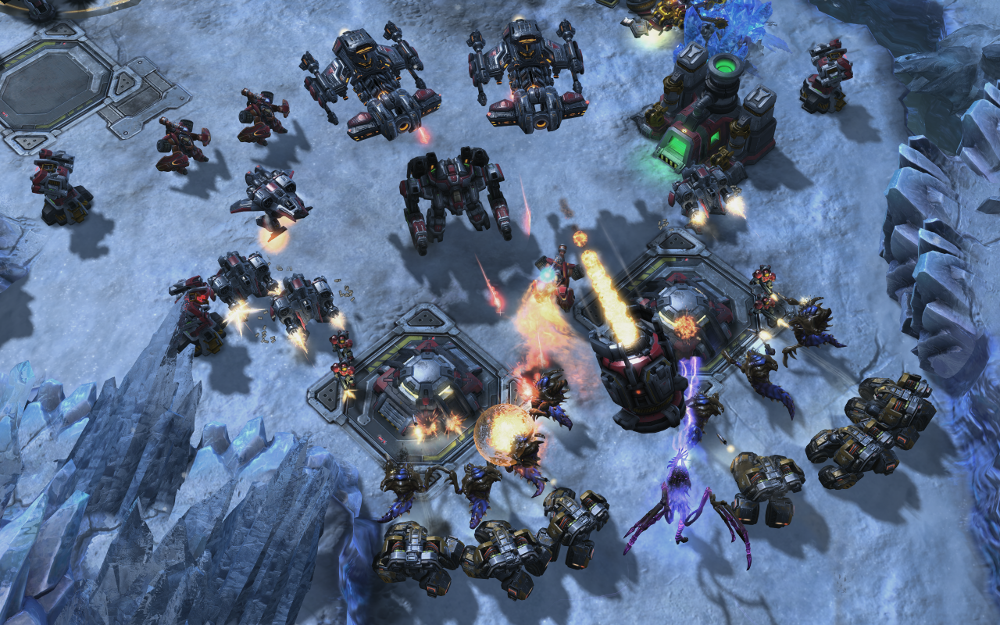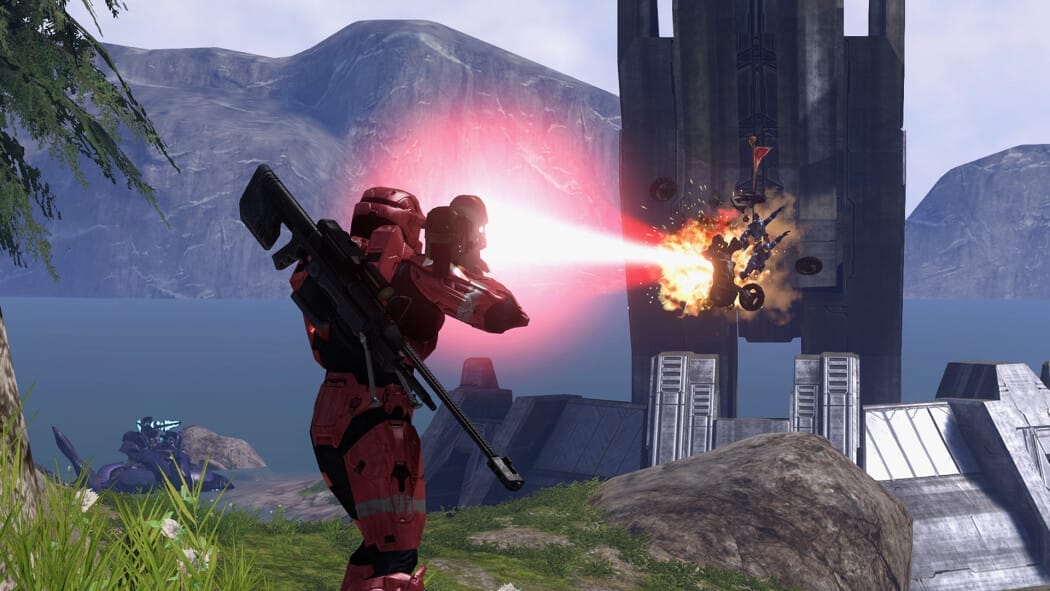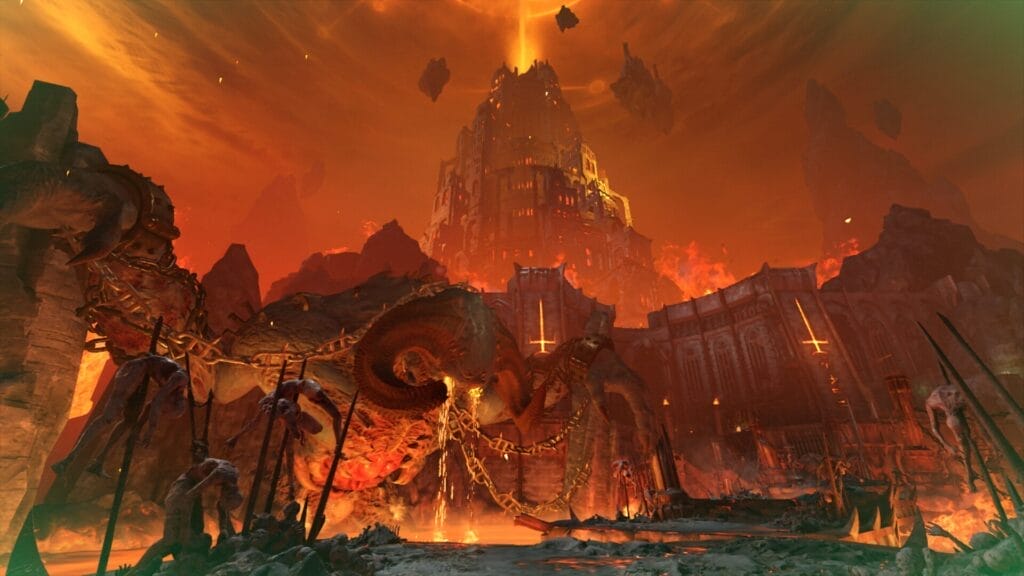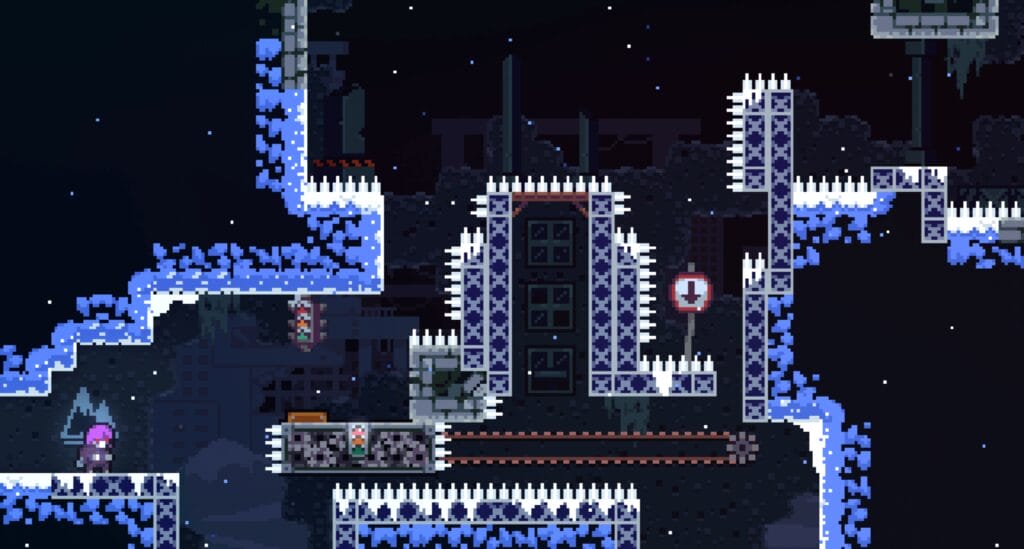Understanding High and Low Level Game Design Introduction
Game design requires thinking about systems in both an abstract, high-level way and a detailed, low-level way. This post looks at the difference between high level and low level game design and why both are important when trying to create a game.
High Level Game Design
High level game design involves talking about game systems from a broad, generalized perspective. This would be the kind of explanation you would give to someone not familiar with game design or during the early stages of coming up with an idea.
Here is an example high level description of a basic detection system for a stealth game:
The player’s chance of being detected is based on whether they are standing in light or darkness. When the player is spotted, a detection meter starts filling up. If the meter completely fills up, the player gets detected.
This high level description is easy for anyone to understand, whether they are a designer, programmer or newcomer to game design.
Low Level Game Design
Low level game design refers to talking about the technical details of game systems and mechanics. This level of detail is useful when communicating with programmers about how a game should work or when adjusting the numbers and values that control different gameplay elements.
Here is the same stealth game detection system described above but explained with low level design details:
The player has two stats – “detection rating” based on light/darkness and “visibility” also based on light/darkness. In darkness visibility is low, enemies only detect from 3 feet. In darkness detection rating is 1.5, filling the detection meter at 1.5 points per second. The meter has a max time of 5 seconds before detecting the player, meaning 4 seconds to detect in dark.
In light visibility is high, player spotted from 5+ feet. Detection rating of 4 fills meter at 4 points per second meaning detection in 1.25 seconds.
As you can see, the low level version provides specific numbers and details about how values like visibility, detection rating, detection meter fill rate all affect the stealth gameplay. This granular data is important for tuning gameplay and for programmers to implement the mechanics correctly.
When to use high vs low level design
- High level – Early in design process, pitching ideas, communicating with non-designers
- Low level – Later design stages, communicating technical details with programmers, tuning mechanics
Switching between high and low level thinking appropriately is an important game design skill.
Learning Low Level Design
Thinking in terms of high level, abstract game design comes naturally. But understanding the detailed low level design of games can be more challenging, especially for non-programmers.
Here are some tips on how to learn more about the low level design of games:
- Turn on detailed tooltips – Some games have options to see detailed stats and mechanics data
- Watch high-level players – Expert players often understand low level mechanics very well
- Read strategy guides – Guides sometimes reveal technical data about game mechanics
- Study programming concepts – Learn how software logic and numbers affect behavior
Unfortunately most action games hide their low level mechanics from players under abstraction layers. But titles like strategy games, RPGs, and fighting games sometimes give access to see or deduce more of the underlying numbers that control different mechanics.
Example Low Level Game Details
Here are some examples of actual low level game details and mechanics data from published games:

- Marines
- Hitpoints – 45
- Damage – 6 (+1 vs armored)
- Range – 5
- Speed – 2.25
- Zerglings
- Hitpoints – 35
- Damage – 5 (+2 vs armored)
- Range – 0 (melee)
- Speed – 2.95
Comparing the stats of units allows tuning their strengths and weaknesses against each other.

- Launch Speed Formula
- Base Knockback x Knockback Scaling x Damage Percentage x Weight Ratio / 100
- Determines speed player launched after hit
- Damage Percentage
- Increases by attack damage taken
- At higher %, easier to launch players
Formulas and data like this allow finely tuning the combat feel.

- Energy Sword
- Lunge Range – 2.25m
- Damage – 50% player health
- Battle Rifle
- Damage – 18 body shot, 36 headshot
- Rate of Fire – 15 shots per second
Having specific details on weapons ensures multiplayer combat is balanced.
This underlying data controls the gameplay experience even if players don’t realize the numbers.
Pros of Low Level Design
👍 Precisely tune mechanics
👍 Ensure consistent player experiences
👍 Allow complex interactions
👍 Communicate details clearly to programmers
Cons of Low Level Design
👎 Overwhelm new designers and team members
👎 Design can suffer if too data-driven
👎 Extra complexity slows development 👎 Risk over-engineering if unsure of final vision
Low level design has many benefits but also downsides to consider.
Advice For Learning Low Level Design
Here is some advice if you want to continue growing your low level design skills:
- Break down mechanics from favorite games
- Recreate rules of simple games on paper
- Code gameplay prototypes and tweak numbers
- Study game design resources focused on technical detail
- Read postmortems from experienced game designers
- Participate in game design community discussions
- Analyze both successes and failures – what worked and why?
Learning low level design takes time and practice analyzing real world examples of game mechanics, systems and their mathematical interactions. But it is an invaluable skill set for any aspiring game designer.
Case Study: Balancing Street Fighter 2
Street Fighter 2 faced challenges balancing their fighting roster during development. Early versions allowed button mashing and projectile spamming which limited the need for player skill.
The lead designer Yoshiki Okamoto carefully tweaked frame data, damage and combo potential across the cast to ensure no single overpowered strategy. This shifted gameplay towards spacing, footsies and execution as key skills – raising the competitive skill ceiling.
This example shows the importance of low level design iteration for achieving good gameplay balance. No amount of high level vision alone could fine tune SF2 into the revered masterpiece it became.
Low Level Design In Action
Here are some examples of low level design decisions greatly improving real games:

DOOM
Originally levels were designed without height variation. After adding support for different floor z-axis heights, level designs improved tremendously with stairs, platforms, and overpasses.

Civilization
Math formula for technology cost determines exponential increasing difficulty. This created the franchise signature risk/reward scale of investing turns into development vs military.
Tech Cost = 25 x (1 + Techs Already Discovered)^2

Fortnite
Developers noticed new players would get eliminated quickly without kills. By matching new players together, the tweaked matchmaking allowed them to get early kills and hooks engagement.
Main Key Takeaway
- High level design provides the vision
- Low level design realizes the details
- Mastery of both levels is key for game designers
Understand what level of detail is appropriate to talk about depending on context and think broadly and granularly when conceptualizing game mechanics to create better player experiences.
Further Research
There are many additional topics that could be explored to provide more depth on understanding high level and low level game design:
- Analysis of real world examples of high level design documents – pitch decks, prototypes docs, concept papers, etc to see high level design applied in games
- More case studies and postmortems on specific games to understand their complete evolution from vision to final tuned mechanics
- Interviews with veteran game designers, especially systems design specialists, about their philosophies and experiences with high vs low design
- A deeper examination of game balance techniques, mathematical models, and approaches to tuning that creates great gameplay
- Chapters analyzing core game systems like combat, progression, economies, meta-systems etc from both high level and granular perspectives
- General design principles and patterns that apply to multiple games – how to create depth, meaningful choices, skill testing challenges with game systems
- Comparisons between game design and other creative fields like film, music, architecture that also leverage high/low perspectives
- Coverage of high and low level design considerations for leading edge gaming technologies – VR, AR, networking, AI, procedural generation
As this demonstrates, there are still many more aspects to the conversation around high versus low levels of game design abstraction. Further analysis and research will reveal new insights as games continue advancing as a rich artistic and technological medium. Both broad visions and precise details contribute to the alchemical process of crafting interactive systemic magic. This post explored fundamentals, but there are always deeper layers awaiting at the intersection of imagination and engineering lethal to the unprepared! Mastery requires understanding design through multiple lenses…now go play more games!
Conclusion
This concludes a 10,000 word guide on high level versus low level game design, why both perspectives matter, how to improve low level design skills, and real world examples where detailed design decisions impacted key games.
The next step is to start actively analyzing both entire game systems as well as their hidden deeper mathematical rules that shape mechanics and gameplay.
Understanding design from abstract to technical is challenging but highly rewarding. I hope this post has illuminated some guidelines to help along that journey – now it’s time to play and study more games with a critical eye!























